detail profile robert liensol
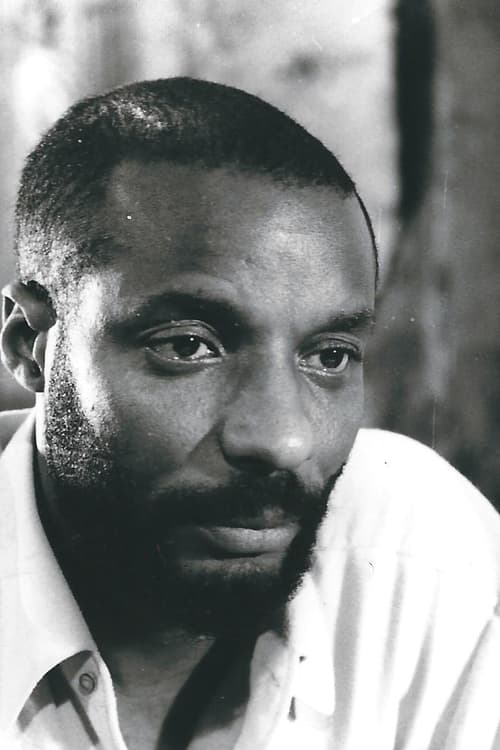
Riwayat Hidup
Robert Liensol was born on 9 September 1922 in Saint-Barthélémy, French West Indies.
He was an actor, known for L'exil du roi Behanzin (1994), Target (1985) and Coco-the-Flower, Candidate (1979).
He died on 13 February 2011 in Paris, France.
Robert Liensol founded in 1954 and managed to 1972 the "Compagnie des Griots", the first French company of black actors.
In that troupe, were Darling Légitimus, Théo Légitimus, Jenny Alpha, Bachir Touré, Toto Bissainthe, Thimotée Bassari, Lydia Ewandéand Danièle Van Berkeycke.
They created "Les Nègres" by Jean Genet, directed by Roger Blin, "La tragédie du Roi Christophe" and "Une saison au Congo" by Aimé Césaire both directed by Jean-Marie Serreau.
He merged the Griots company with the "Shango" theatre troupe of Med Hondo called "Griots-Shango"in 1972.
Info Pribadi
Peran Yang Di Mainkan Robert Liensol
 The film is a substory to...
The film is a substory to...Kirikou and the Wild Beasts 2005
The film is a sub-story to Kirikou and the Sorceress rather than a straight sequel. The movie is set while Kirikou is still a child and Karaba is still a sorceress. Like Princes et princesses and Les Contes de la nuit, it is an anthology film comprising several episodic stories, each of them describing Kirikou's interactions with a different animals. It is however unique among Michel Ocelot's films, not only in that it is co-directed by Bénédicte Galup (who has previously worked with him as an animator) but also for each of the stories being written by a different person (in all other cases, Ocelot has been the sole writer and director of his films).
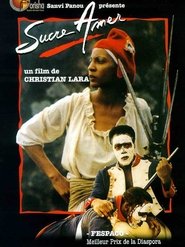 Sucre Amer tells the story of...
Sucre Amer tells the story of...Bitter Sugar 1998
Sucre Amer tells the story of a unique court case in which an event from the past is judged by a court of history. Major figures from history are brought together in the present to re-examine the "Ignace case", about a legendary figure in the history of Guadeloupe who fought against the armies of Napoleon Bonaparte to preserve his freedom. A hero despite himself, Ignace's life and struggle were subsequently consigned to oblivion by his enemies. His treatment has left a bittersweet taste in the mouths of the people of Guadeloupe.
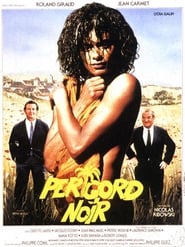 The recolonization of Africa this time...
The recolonization of Africa this time...Périgord noir 1989
The recolonization of Africa, this time by the very blacks who had to flee it as exiles during the time of the original French occupation, is the theme of this political comedy. Adiza, who has been living well in France, has decided that she will return and buy the plantation she and her compatriots were expelled from, and enlists some unlikely helpers to bring them back into the country and enact their plot. Meanwhile, these "local" blacks are unwittingly accepted by the other landowners as more cheap labor.
 An old couple Eugenie and Armand...
An old couple Eugenie and Armand...The Old Sorceress & the Valet 1987
An old couple, Eugenie and Armand, have been living in Paris since 1921 part of the wave of post-war immigration from Martinique. Eugenie, a former dancer with Josephine Baker's Black Revue has become a professional quimboiseuse (practising black magic) for a white clientele. Armand who had been a servant is retired. Now they are both old and bitter and still quarreling with each other. One day they set out, arm-in-arm for a last promenade in the metropolis.
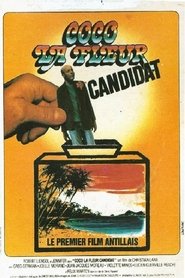 It shows an electoral campaign in...
It shows an electoral campaign in...Coco-the-Flower, Candidate 1979
It shows an electoral campaign in Guadeloupe in which Coco la fleur is asked to stand for election for strategic purposes. However, when he discovers how much publicity the campaign offers, he seizes the opportunity to voice the people's grievances.
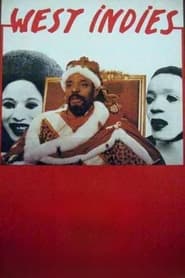 Aboard a giant slave ship in...
Aboard a giant slave ship in...West Indies 1979
Aboard a giant slave ship in an abandoned Citroën factory, the history of the West Indies is traced through several centuries of French oppression. The ship becomes a stage for the people to tell stories via song and dance—from their enslavement to their displacement in Metropolitan France.
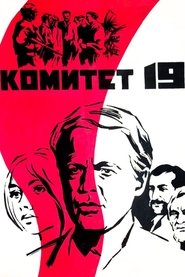 UNs The Committee of 19 sends six...
UNs The Committee of 19 sends six...The Committee of 19 1972
UN's The Committee of 19 sends six scientists to investigate a biological outbreak in Africa.
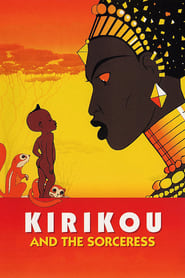 Drawn from elements of West African...
Drawn from elements of West African...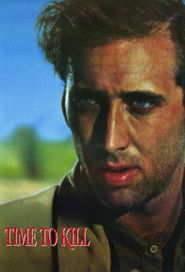 During the invasion of Ethiopia in 1936...
During the invasion of Ethiopia in 1936...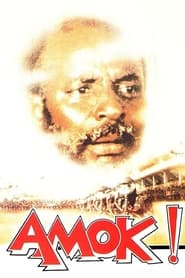 A rural teacher discovers the harsh...
A rural teacher discovers the harsh...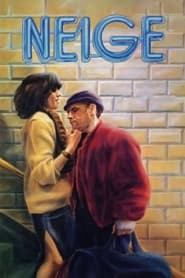 Anita is a barmaid at the...
Anita is a barmaid at the... An educated native of Mauritania tries...
An educated native of Mauritania tries...